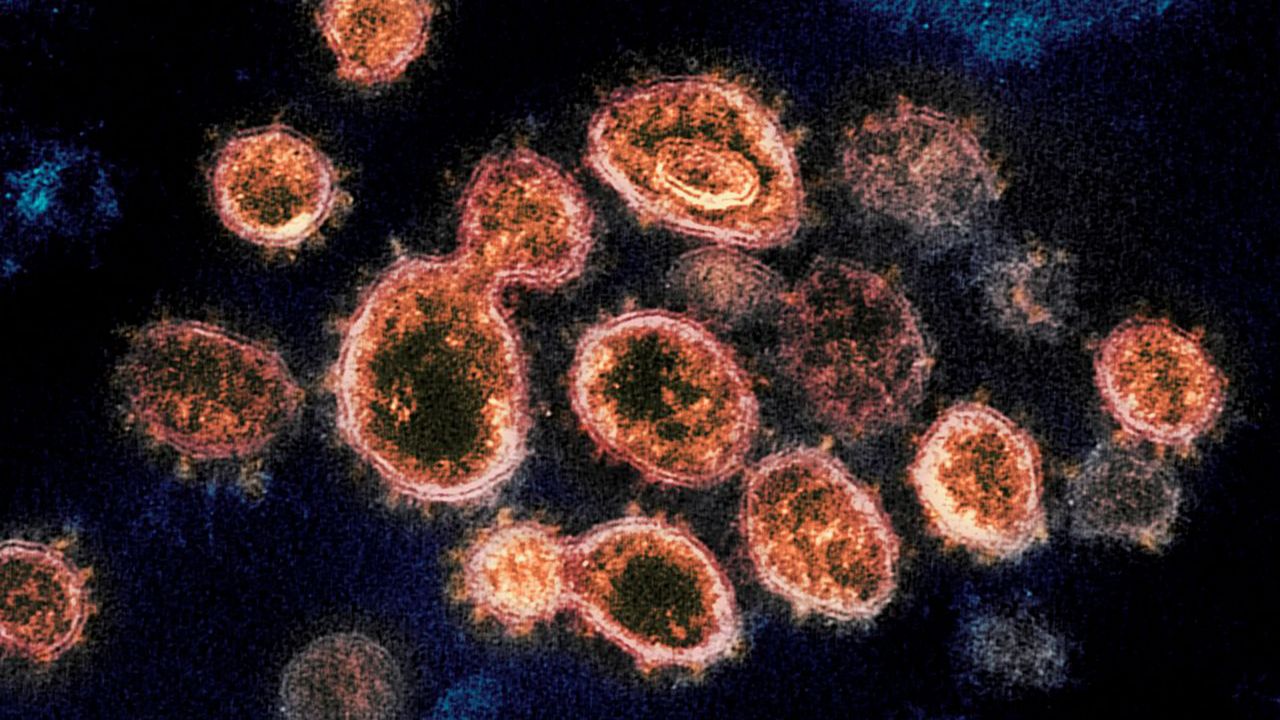COLUMBUS, Ohio — The first Ohio case of the more contagious COVID-19 variant that spread rapidly in Brazil has been reported.
Ohio joins seven other states that have detected the alarming variant, which was first detected in a routine screening when four infected travelers flew from Brazil to Tokyo on Jan. 2. The sample, detected in a 2-year-old boy, is one of just 15 U.S. cases of the variant.
It was collected by Nationwide Children's Hospital in Columbus, according to a global database for tracking mutations in COVID-19. An Ohio State Wexner Medical Center laboratory uploaded the sequenced sample to the database.
Ohio Department of Health officials confirmed the case to Spectrum News 1 Sunday afternoon. The case was added to the federal government's variants tracker later Sunday evening.
Officials said the case was reported March 5. Health authorities and the Centers for Disease Control and Prevention were notified the same day.
"It is not unusual for viruses to mutate and we have long expected that these variants would arrive in Ohio," health department officials said. "We will continue to monitor any variants that arrive in Ohio closely. However, the arrival of these variants underscores the absolute necessity for all of us to continue the precautions that we have been following since the beginning of the pandemic."
Officials said that means wearing a mask, distancing, and frequent hand-washing.
The variant is more contagious than previous strains of COVID-19. In Brazil, people who have recovered from COVID-19 are becoming infected with the new strain, and it has been shown to be resistant to antibody therapies, according to researchers who studied reinfection in Manaus, Brazil. The P.1 variant shares a mutation, E484K, with the variant first discovered in South Africa, which scientists said may be responsible for these properties in both variants.
The strain also contains a mutation known as "N501Y" which is shared with both other variants of concern tracked by the CDC — B.1.1.7, discovered in the United Kingdom, and B.1.351, discovered in South Africa. It is believed to play a role in making the variants more contagious.
Ohio has zero cases of the variant found in South Africa and 31 cases of B.1.1.7, but researchers caution that data is skewed because standard PCR testing can hint that a sample from a COVID-19 patient is more likely to be that variant. The CDC added nine Ohio cases of the variant discovered in the United Kingdom in its Sunday dashboard update.
On Sunday, a total of 1,453 sequenced COVID-19 samples from Ohio had been uploaded to the global database, a significant increase since late January when only 200 samples had been uploaded. In addition to the variants tracked by the CDC, several cases of P.2, another variant discovered in Brazil, have been reported in Ohio, as well as more than a dozen cases of a more contagious strain known as B.1.427/B.1.429 that was first discovered in California.
The state’s sequencing efforts are just a tiny fraction of viral surveillance in the U.S. Only .92% of samples uploaded to the global database are from Ohio, a state with 3.52% of the country’s population.
As Ohio reopens its economy in response to improvements in COVID-19 metrics since the vaccine rollout, state officials said their projection that a more normal spring is on the horizon must be asterisked because it remains unknown if the variants are capable of producing a fourth wave.



